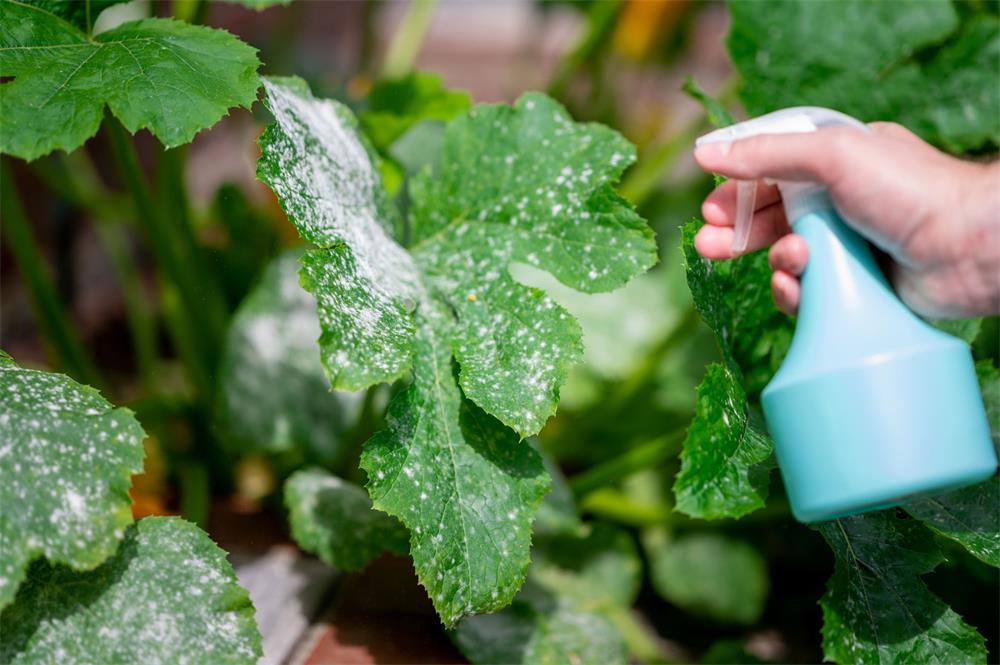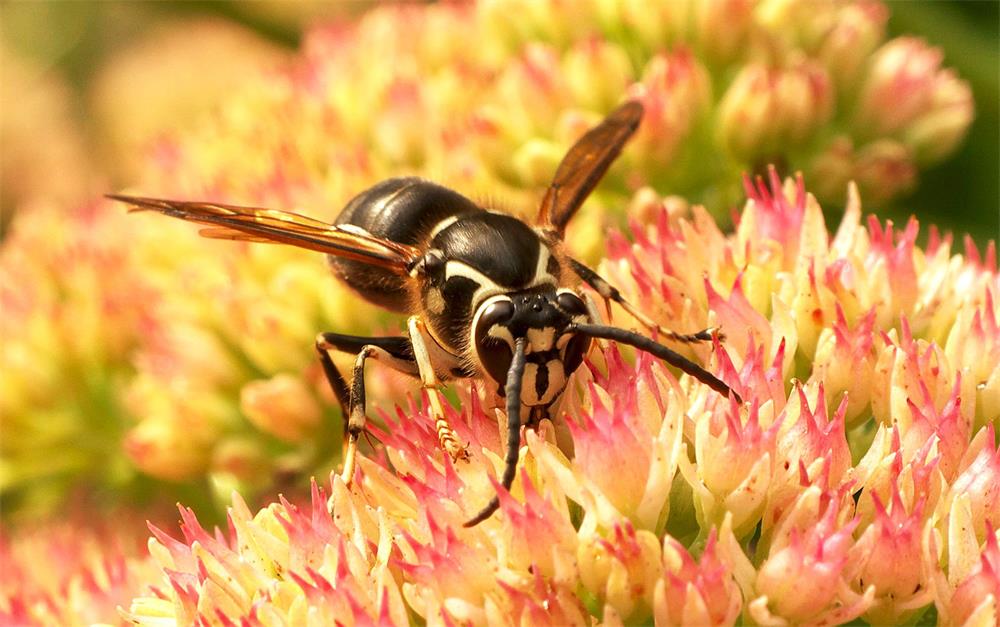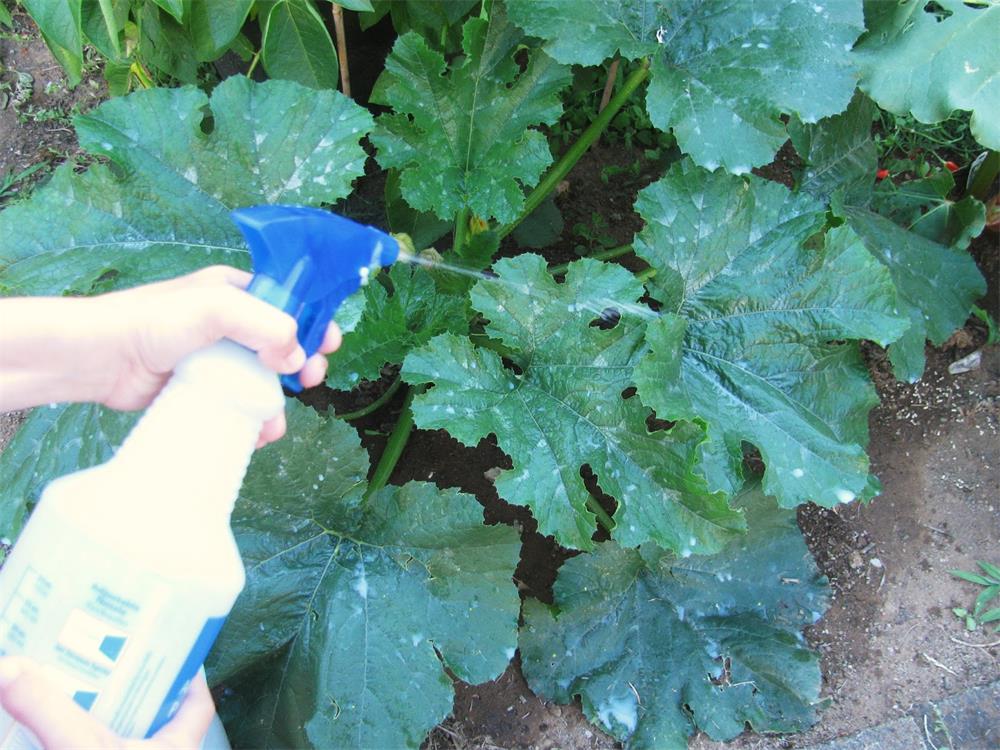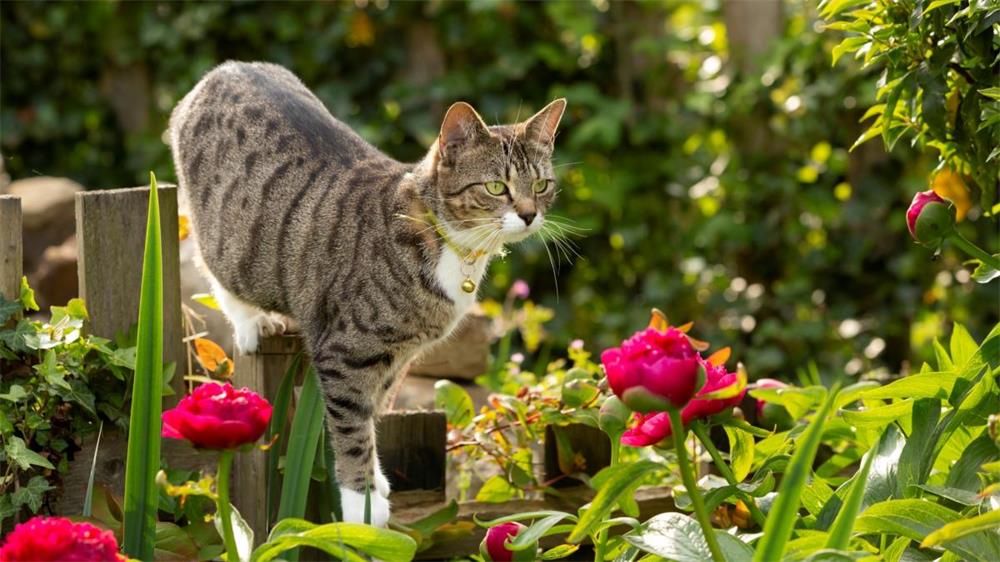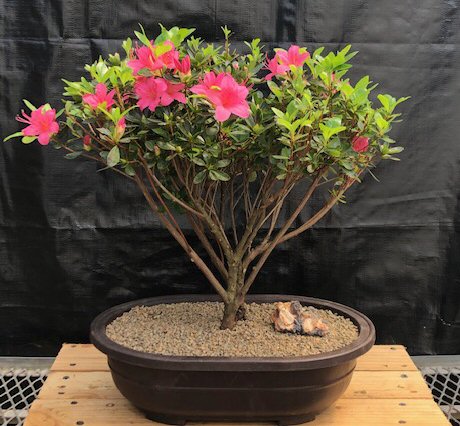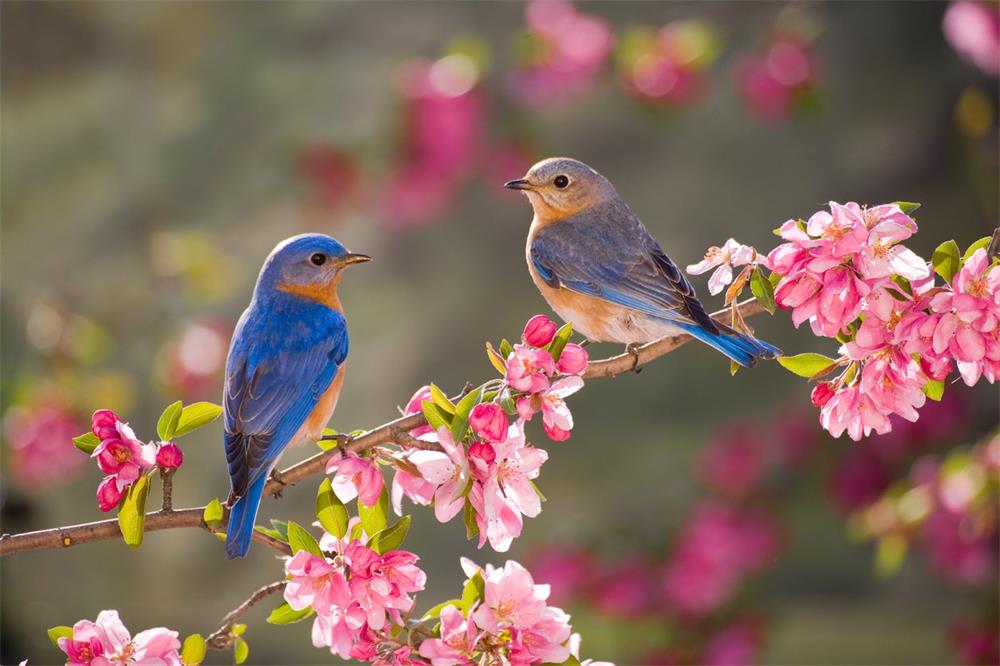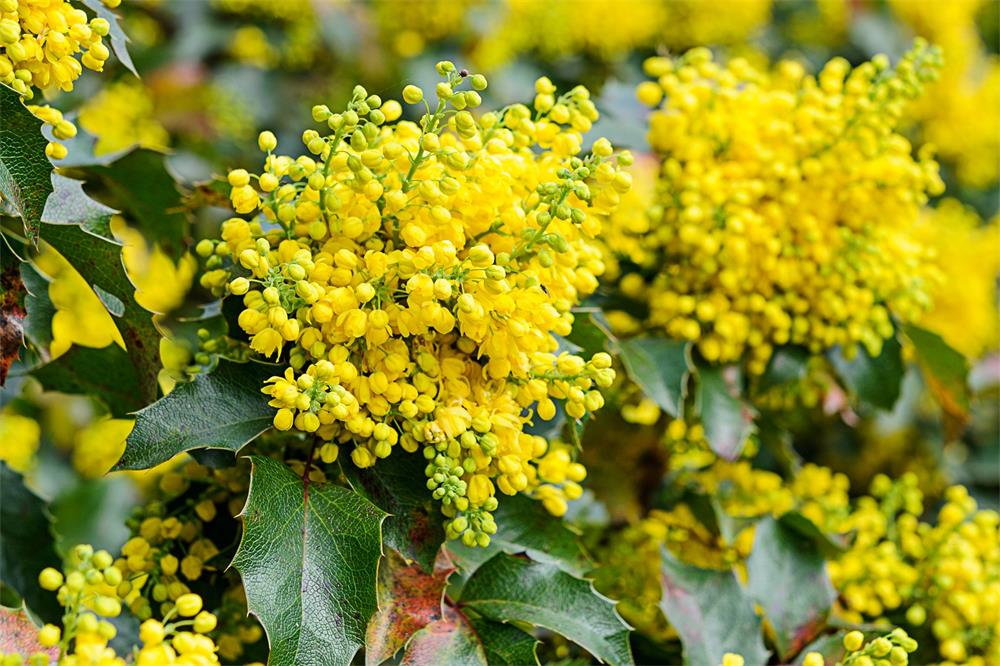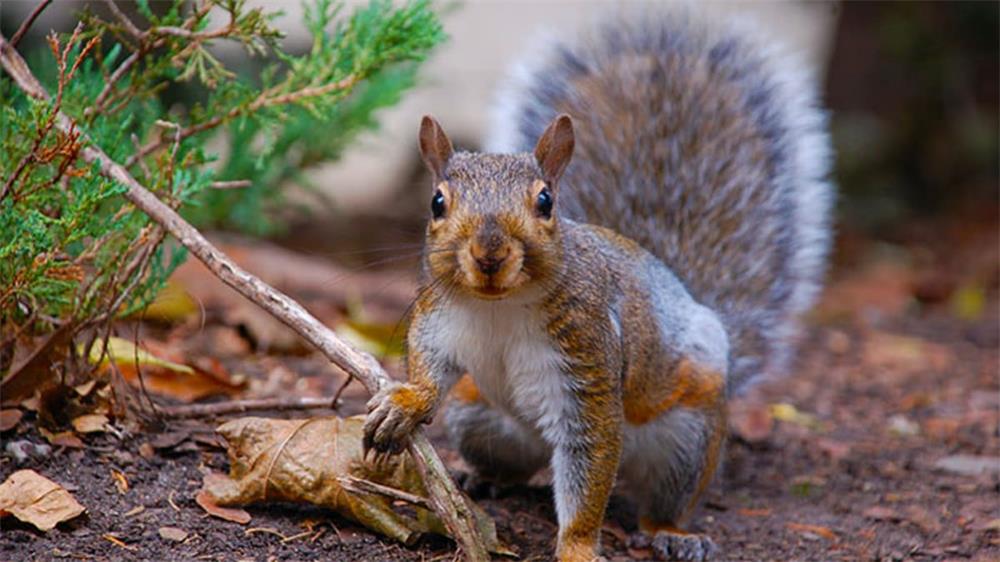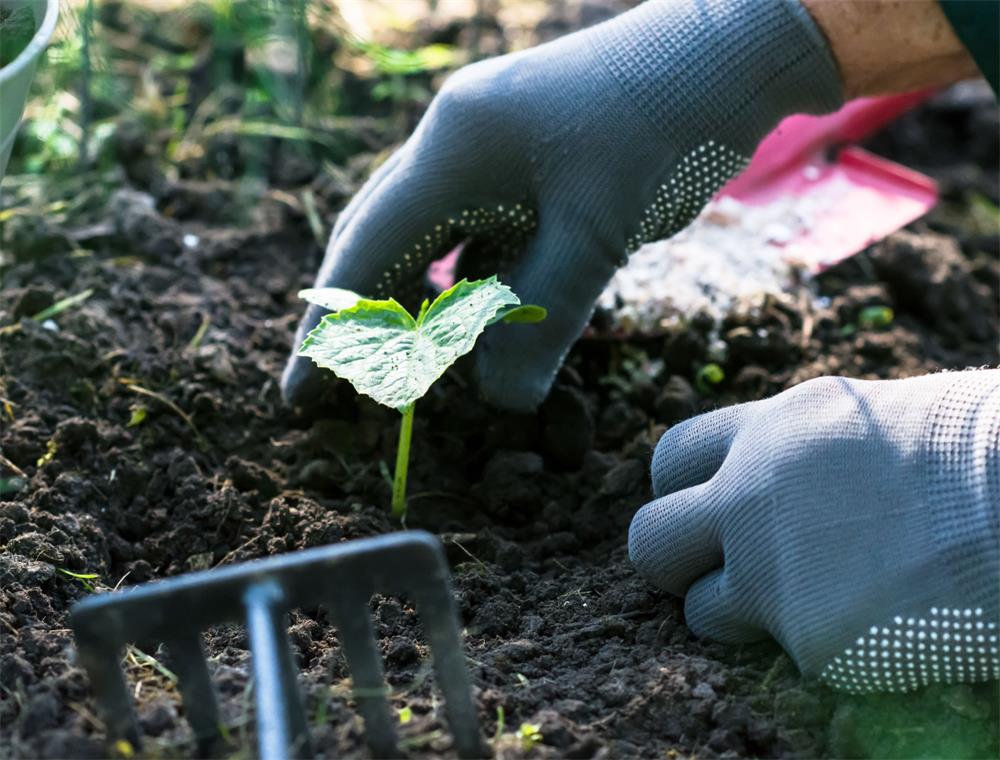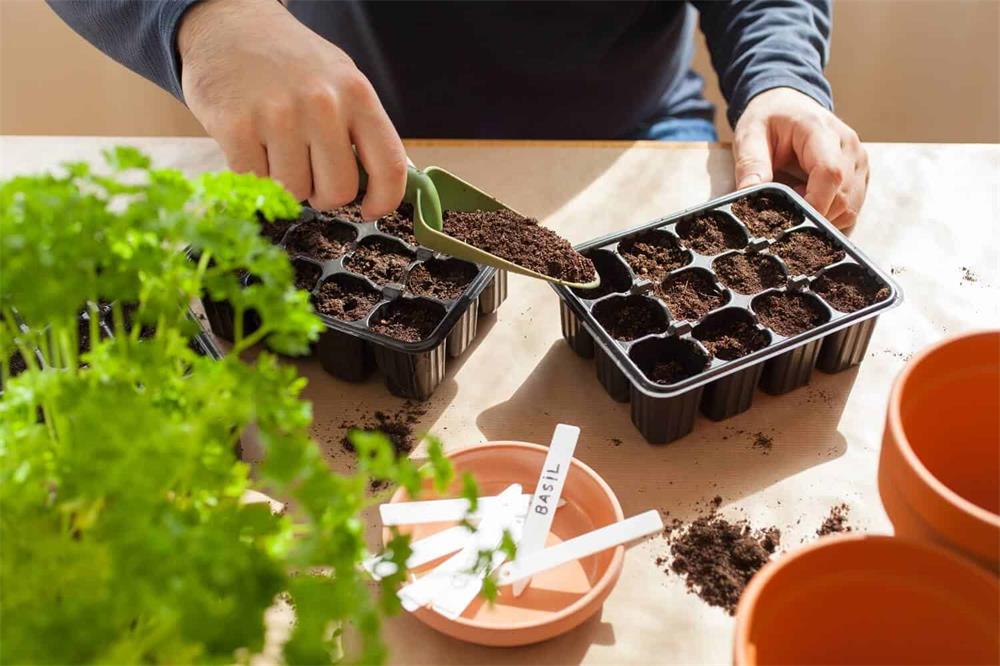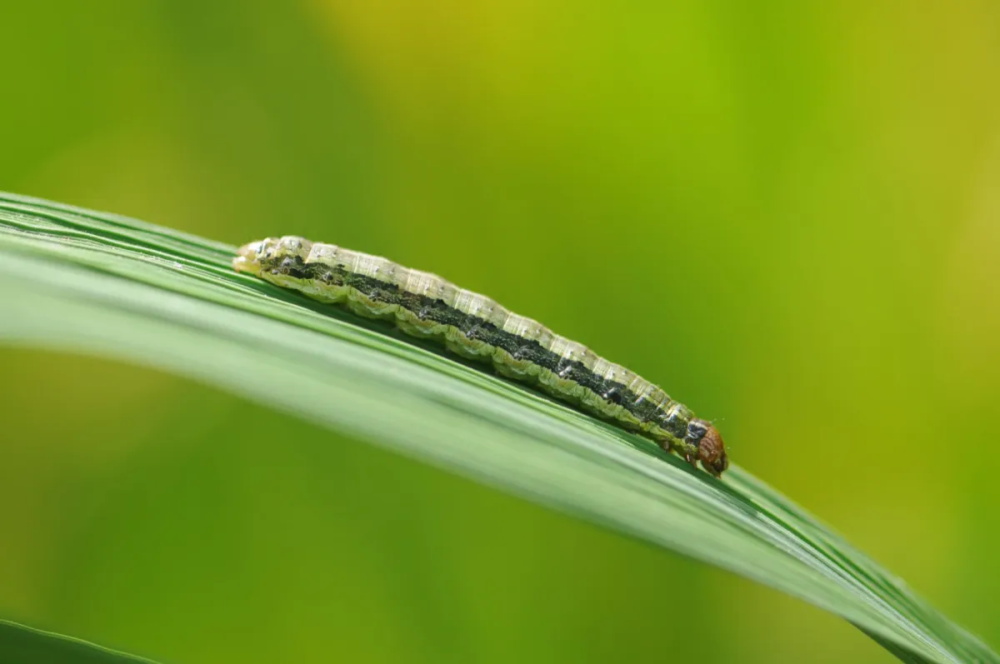
Table of Contents
Armyworms are the larvae of moths that belong to the family Noctuidae. They are called armyworms because they move in large groups, feeding on grasses, vegetables, and other plants, and leaving behind bare soil². They can cause significant damage to crops and lawns in a short time.
There are different types of armyworms, such as fall armyworms, beet armyworms, and true armyworms. They have different colors and patterns, but they usually curl up when disturbed¹. They grow into moths within a few weeks, but the larvae stage is the most problematic.
Armyworms are common in the southeastern United States, but they can migrate to other areas. They prefer wet and cool conditions, which favor their reproduction and survival. They also have natural enemies, such as birds, parasitic wasps, and predators.
How to Identify Armyworms
Armyworms are not easy to identify when they are newly hatched. They are small and have few markings. As they grow older, they develop distinctive stripes that run along their body. The stripes can be green, yellow, red, or brown, depending on the species.
Some common features of armyworms are:
- They are about 1.5 inches long when fully grown¹.
- They have four pairs of prolegs (fleshy appendages) on their abdomen.
- They have a dark spot on each side of their body near the head.
- They have a Y-shaped mark on their head².
The adult moths are gray or tan with a wingspan of about 1.5 inches. They have white spots on their forewings and underwings. They are active at night and attracted to light.
How to Prevent Armyworms
The best way to prevent armyworms is to maintain healthy and diverse plants that can resist or tolerate their feeding. Some tips are:
- Choose resistant or tolerant varieties of crops or grasses.
- Rotate crops or plant different types of plants in the same area.
- Avoid overwatering or overfertilizing the plants.
- Mow the lawn regularly and remove weeds and debris.
- Encourage natural enemies of armyworms by planting flowers or shrubs that attract them.
How to Get Rid of Armyworms
If armyworms are already present and causing damage, there are several ways to get rid of them. Some methods are:
- Handpick and destroy the caterpillars or eggs if they are few in number.
- Use a hose or sprinkler to wash off the caterpillars from the plants.
- Apply insecticidal soap, neem oil, or Bacillus thuringiensis (Bt) to kill the caterpillars without harming beneficial insects.
- Use chemical insecticides that are labeled for armyworm control if the infestation is severe. Follow the instructions carefully and wear protective gear.
Armyworms can be a serious threat to crops and lawns if left unchecked. By identifying them early and using appropriate prevention and control measures, you can protect your plants from these voracious pests.



